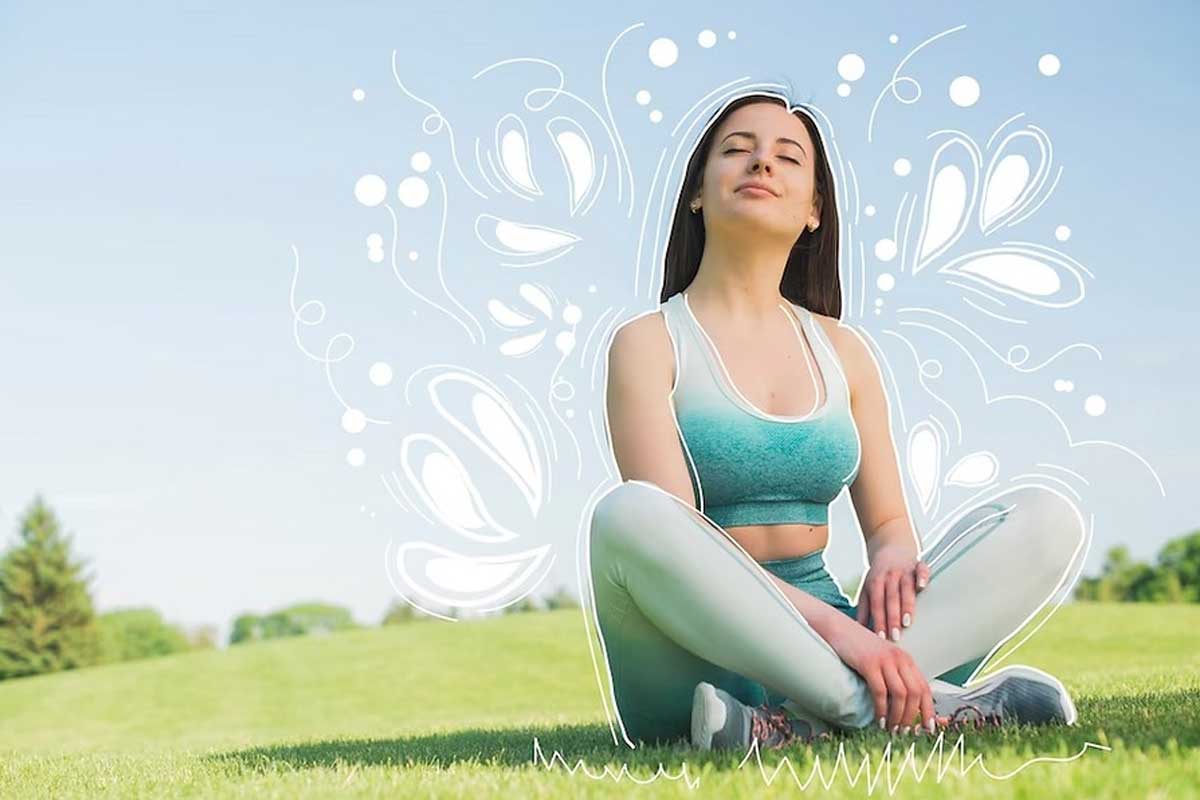

In today’s fast-paced and often hectic world, finding moments of peace and tranquility can feel like a rare luxury. Mindfulness meditation offers a powerful antidote to the stresses of modern life, allowing us to cultivate presence and inner peace amidst the chaos. In this guide, we’ll explore the practice of mindfulness meditation, its benefits for mental and physical well-being, and practical techniques for integrating mindfulness into your daily life.
Understanding Mindfulness Meditation: Mindfulness meditation is a form of meditation that involves paying attention to the present moment with openness, curiosity, and non-judgmental awareness. Rooted in ancient Buddhist traditions, mindfulness meditation has gained widespread popularity in recent years due to its numerous benefits for mental health and well-being. The practice of mindfulness involves intentionally directing our attention to the sensations of the breath, bodily sensations, thoughts, emotions, and external stimuli, observing them without attachment or aversion.
Benefits of Mindfulness Meditation: Research has shown that regular mindfulness meditation practice can have profound effects on both mental and physical health. Some of the key benefits of mindfulness meditation include:
1.Stress Reduction: Mindfulness meditation is known to reduce levels of stress hormones such as cortisol, leading to greater feelings of relaxation and calm.
2.Improved Emotional Regulation: By developing greater awareness of our thoughts and emotions, mindfulness meditation helps us respond to challenging situations with greater equanimity and resilience.
3.Enhanced Focus and Concentration: Mindfulness meditation strengthens our ability to sustain attention and resist distraction, leading to improved focus and concentration in daily tasks.
4.Increased Self-Awareness: Mindfulness meditation cultivates self-awareness by helping us observe our thoughts, emotions, and behaviors without judgment, leading to greater insight into our patterns of thinking and reacting.
5.Better Sleep: Mindfulness meditation can improve sleep quality by reducing rumination and promoting relaxation, making it easier to fall asleep and stay asleep throughout the night.
Practical Techniques for Mindfulness Meditation:
1.Breath Awareness: Find a comfortable seated position and bring your attention to the sensation of your breath as it enters and leaves your body. Notice the rise and fall of your chest or the sensation of air passing through your nostrils. Whenever your mind wanders, gently bring it back to the breath without judgment.
2.Body Scan: Lie down in a comfortable position and bring your awareness to different parts of your body, starting from your toes and gradually moving up to your head. Notice any sensations, tension, or areas of discomfort, and allow them to soften and release with each breath.
3.Walking Meditation: Take a slow, mindful walk, paying attention to each step as it makes contact with the ground. Notice the sensations of movement in your body, the feeling of your feet touching the earth, and the sights and sounds around you.
4.Mindful Eating: Engage in mindful eating by bringing your full attention to the experience of eating. Notice the colors, textures, and flavors of your food, as well as the sensations of chewing and swallowing. Slow down and savor each bite without distractions.
5.Loving-Kindness Meditation: Cultivate feelings of compassion and kindness towards yourself and others through loving-kindness meditation. Begin by silently repeating phrases such as “May I be happy, may I be healthy, may I be safe, may I live with ease,” extending these wishes to yourself and gradually to others.
Incorporating Mindfulness into Daily Life: Beyond formal meditation practice, mindfulness can be integrated into everyday activities to cultivate presence and awareness in our daily lives. Some ways to incorporate mindfulness into your day include:
Conclusion: Mindfulness meditation offers a powerful pathway to cultivating presence, peace, and well-being in our daily lives. By practicing mindfulness regularly and integrating it into our daily routines, we can reduce stress, enhance emotional resilience, and experience greater clarity, connection, and contentment. Whether through formal meditation practice or informal mindfulness techniques, the practice of mindfulness invites us to embrace each moment with openness, curiosity, and compassion, leading to a more fulfilling and vibrant life.
